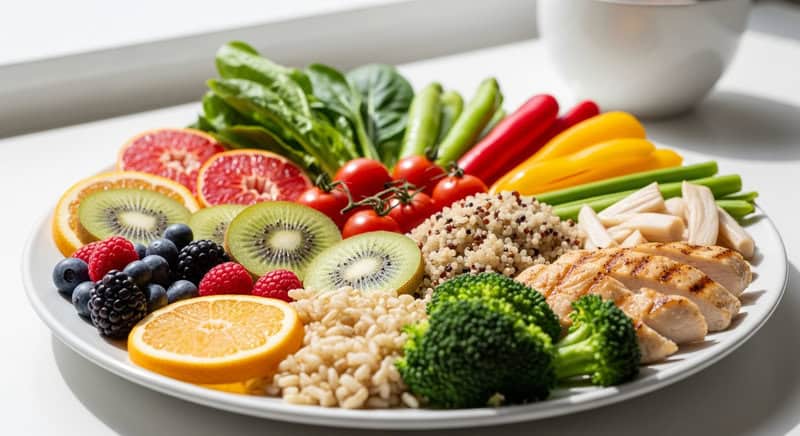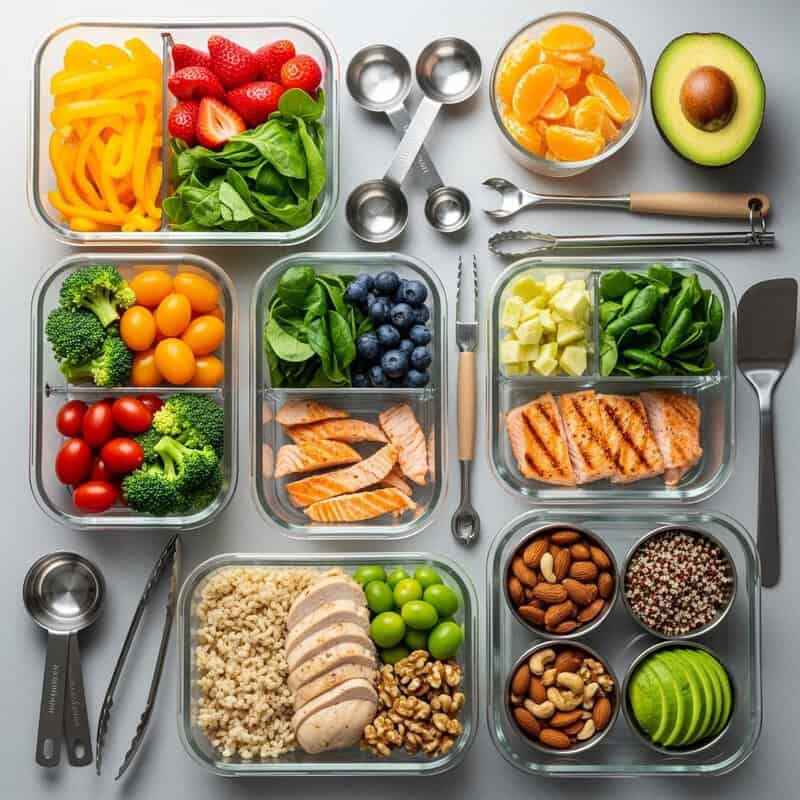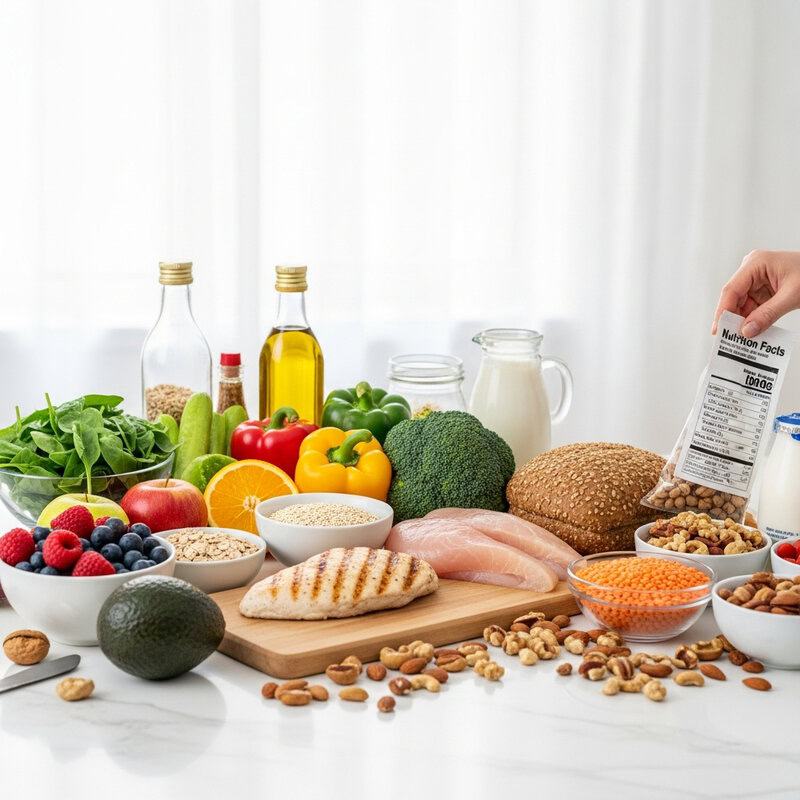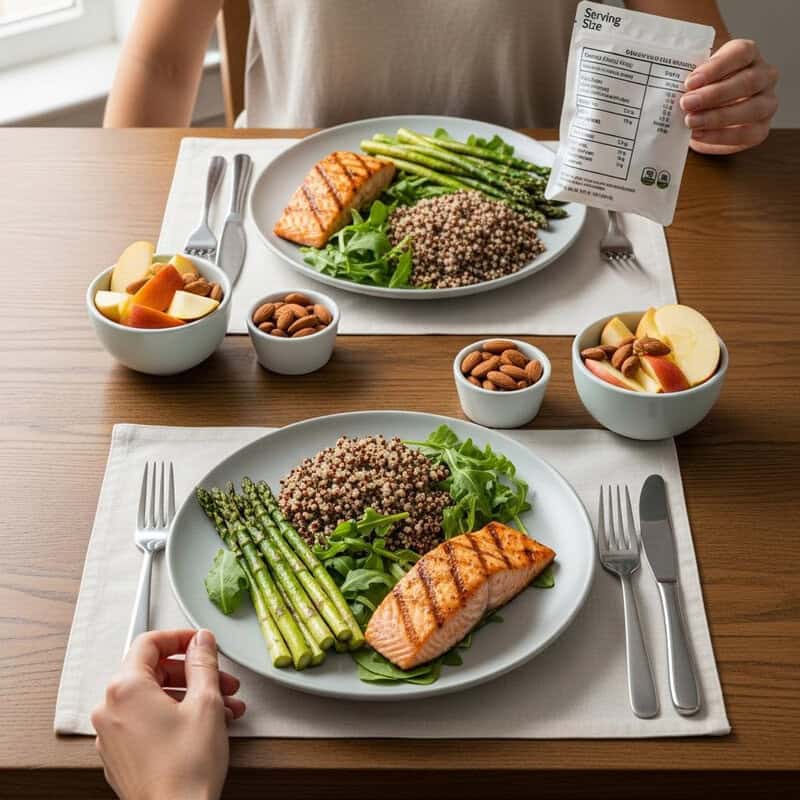Set Realistic Nutrition Goals

Setting specific, attainable nutrition goals is key to lasting success. Instead of vague intentions like “eat healthier,” define clear targets—such as adding one serving of vegetables to dinner or swapping sugary drinks for water. Tailor your goals to fit your unique lifestyle, preferences, and any health considerations.
This personalized approach boosts motivation and helps track your progress. Remember, gradual changes are more sustainable than drastic overhauls. For guidance on setting effective dietary goals, check out the CDC’s Healthy Eating Tips for practical strategies and inspiration.







